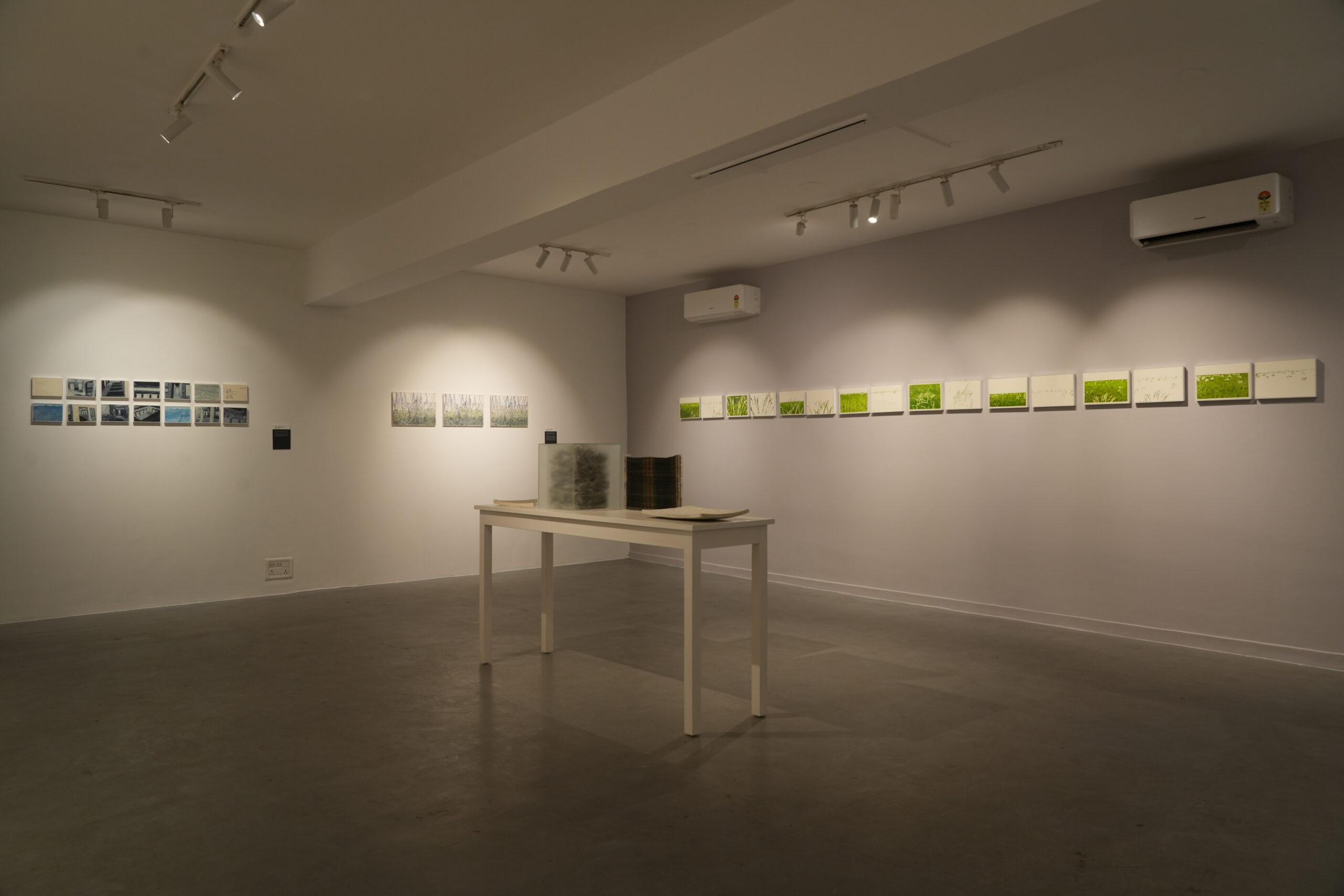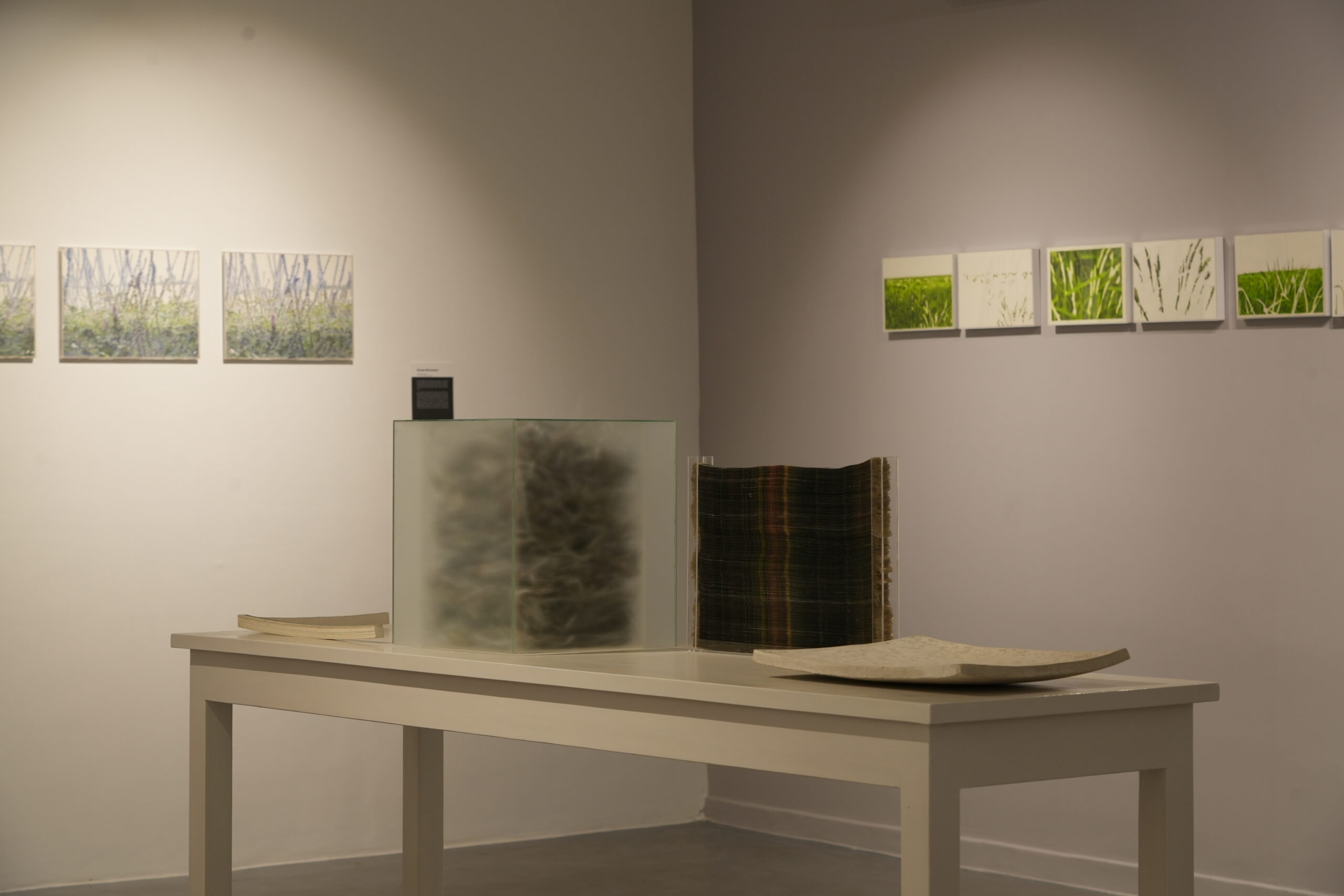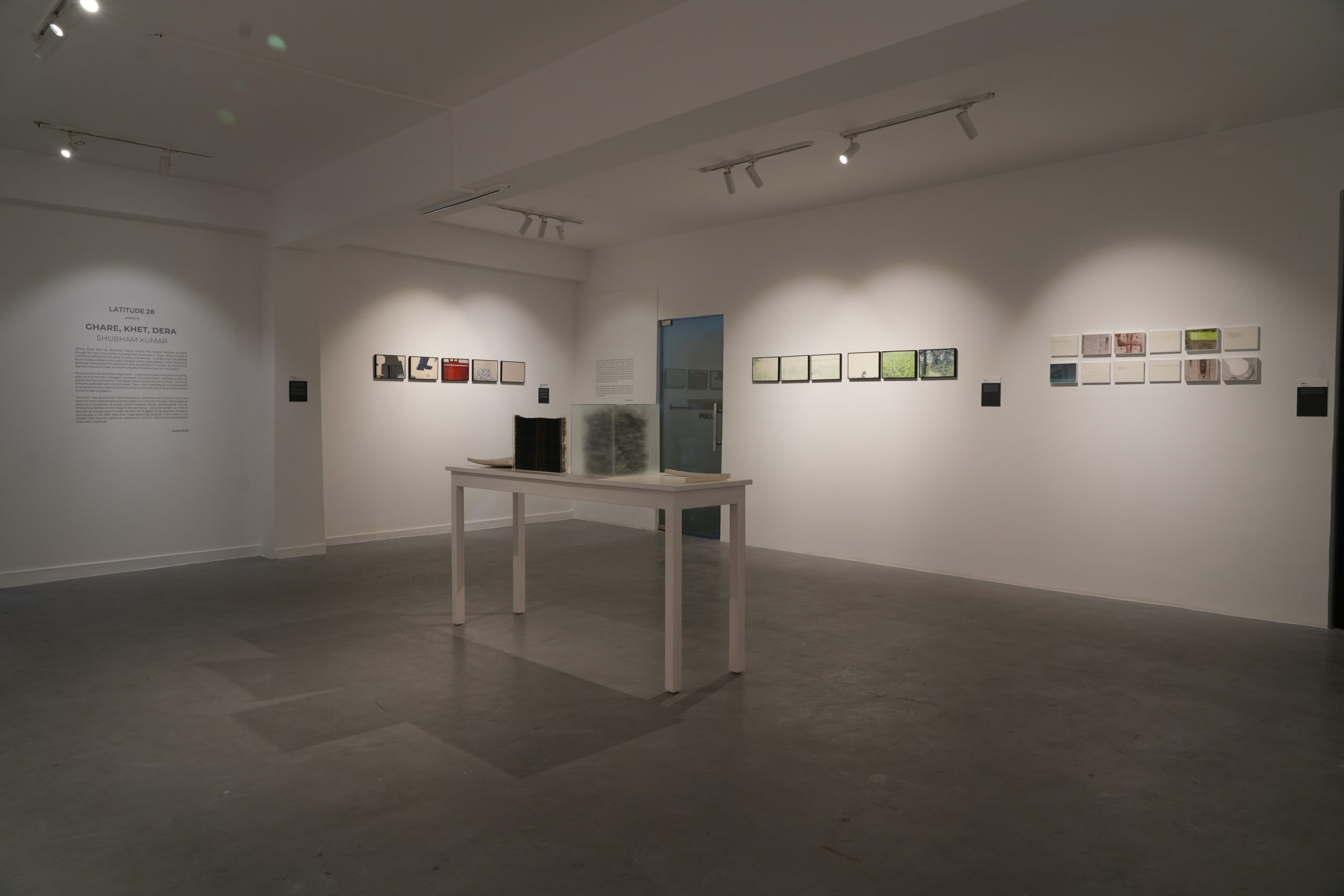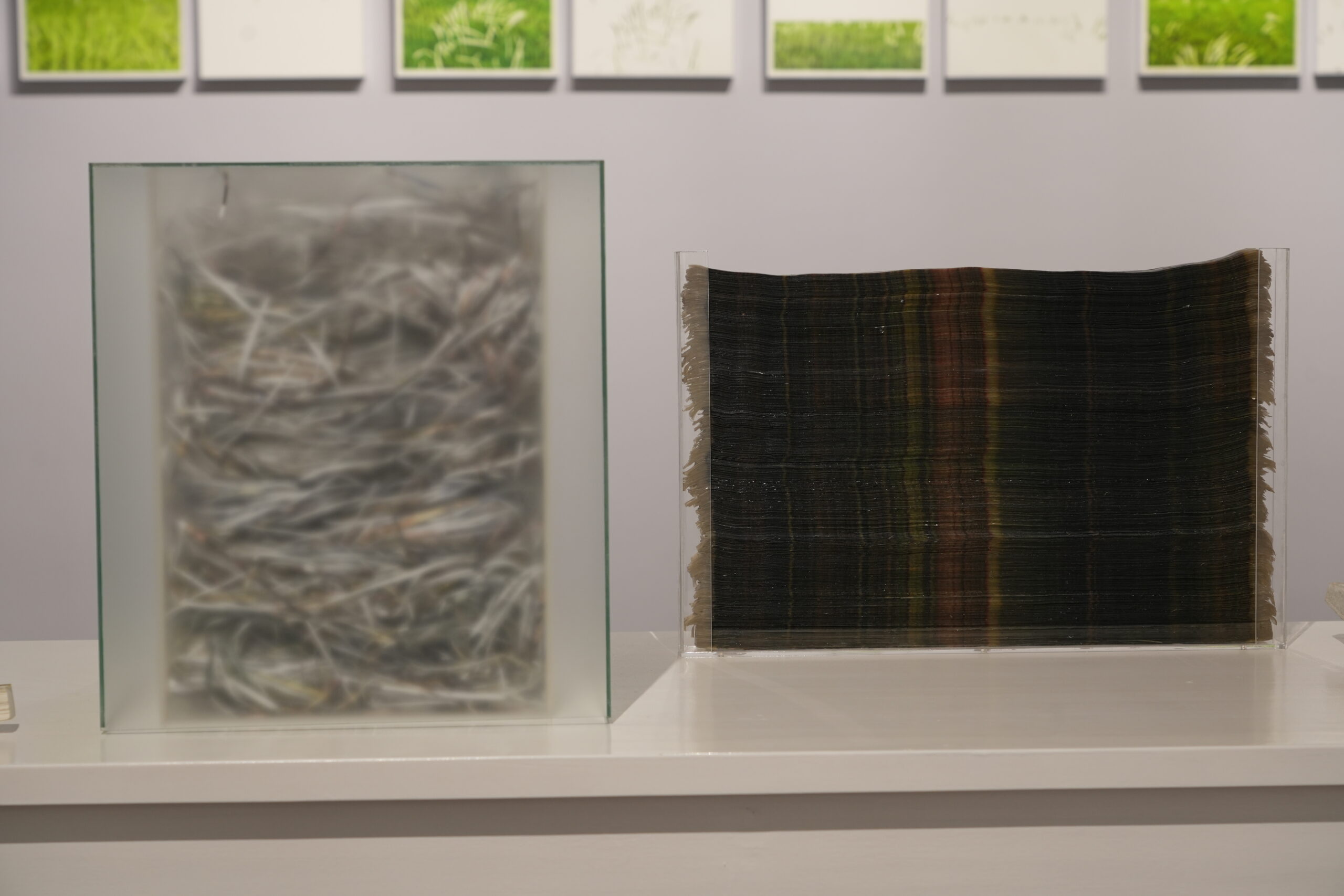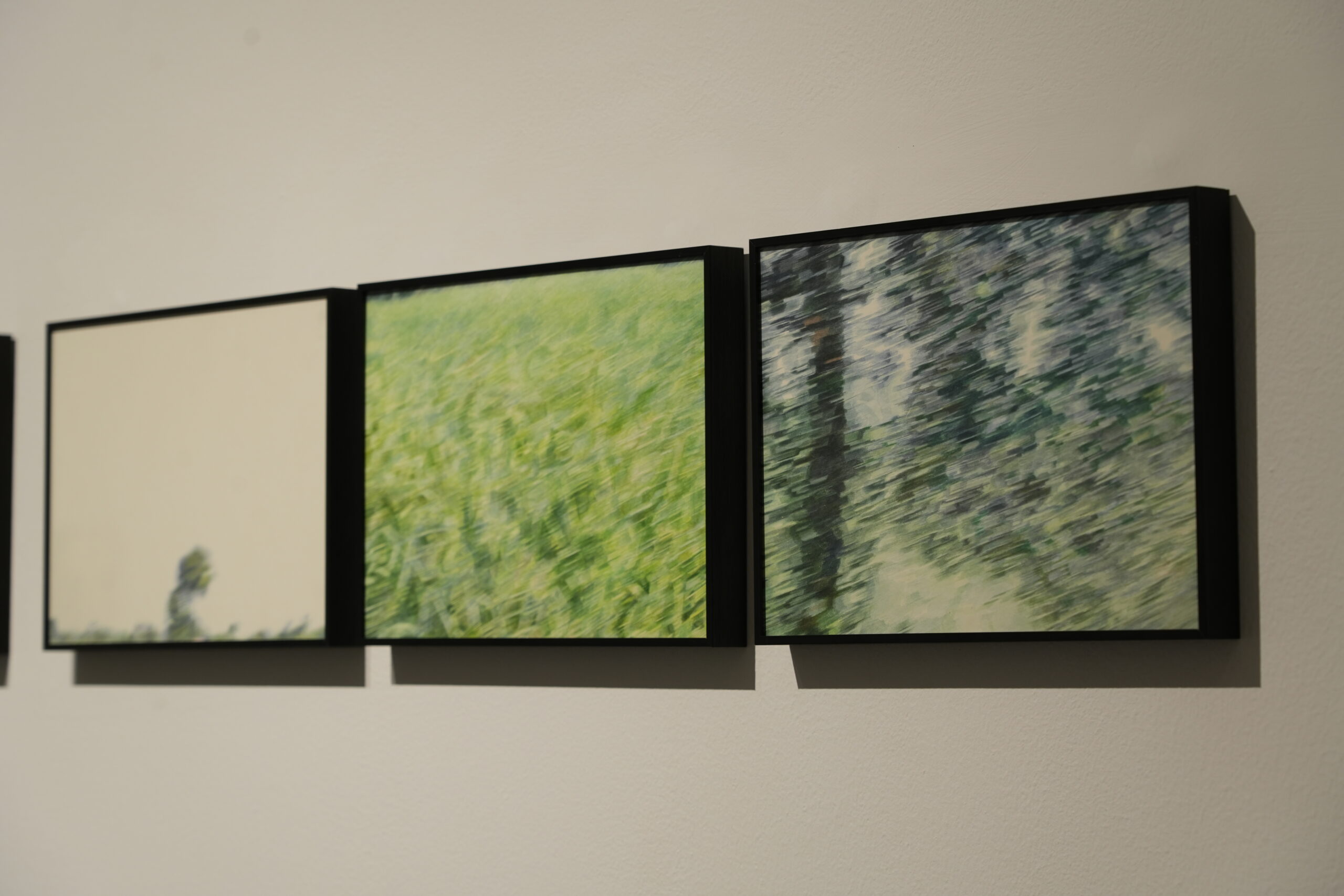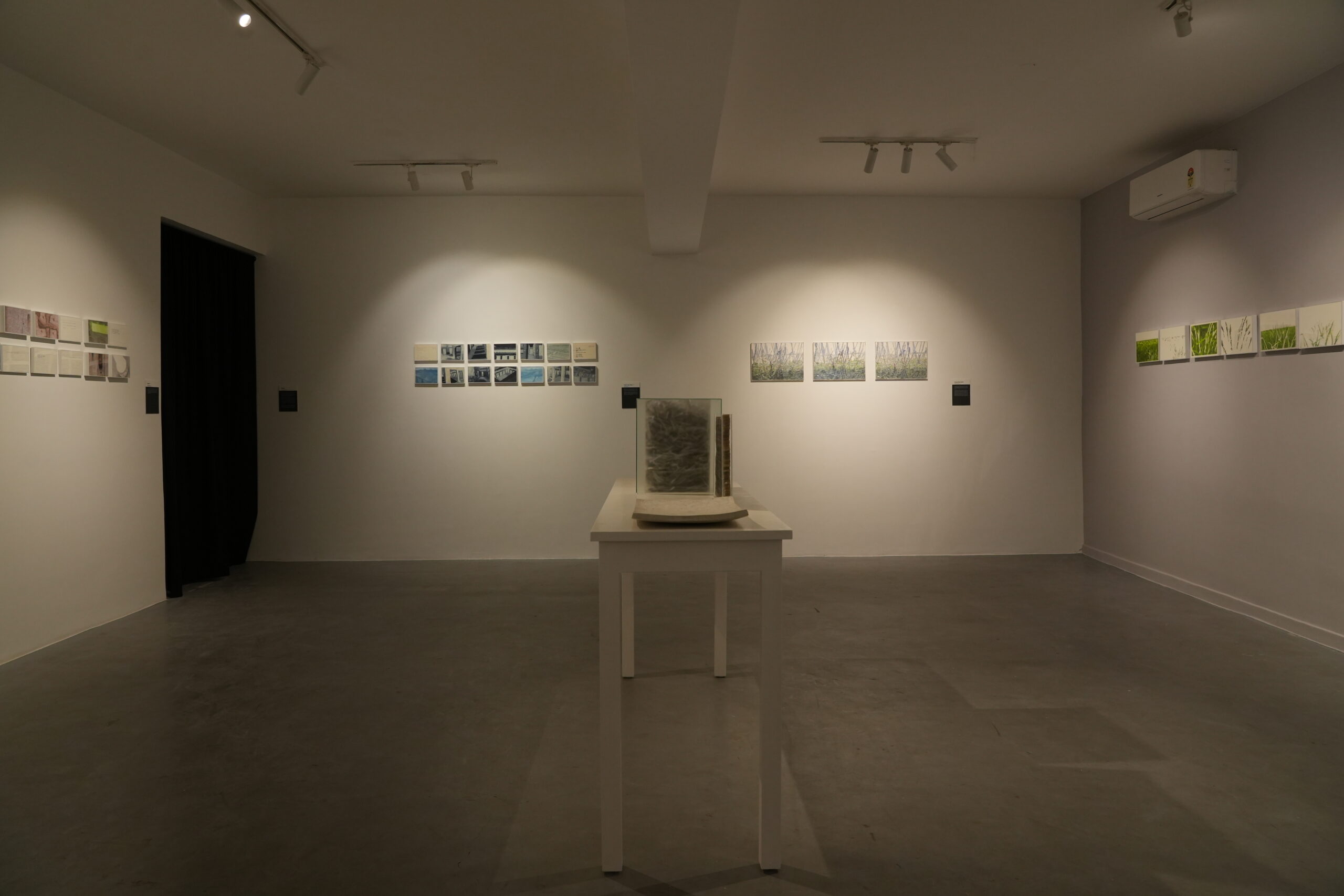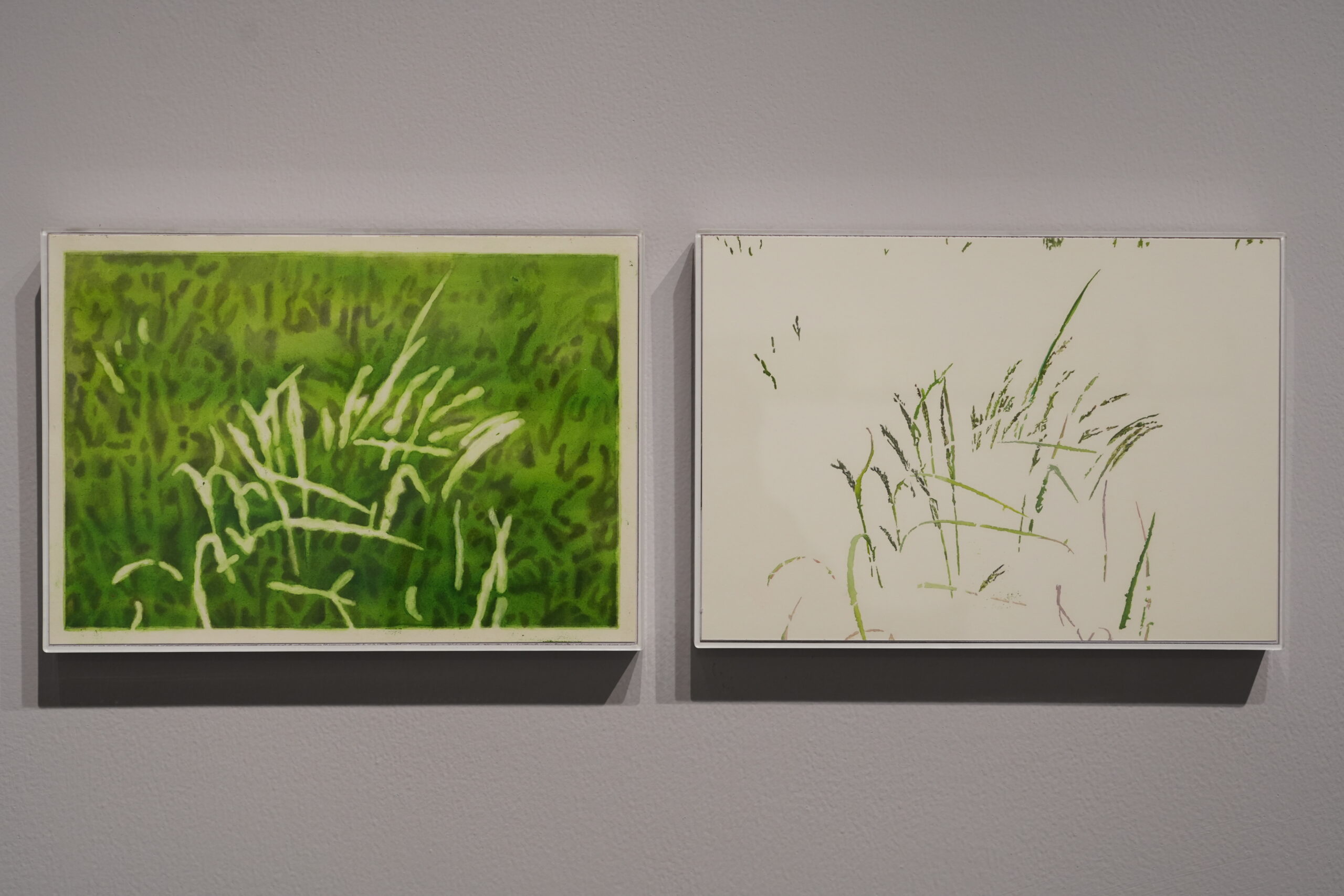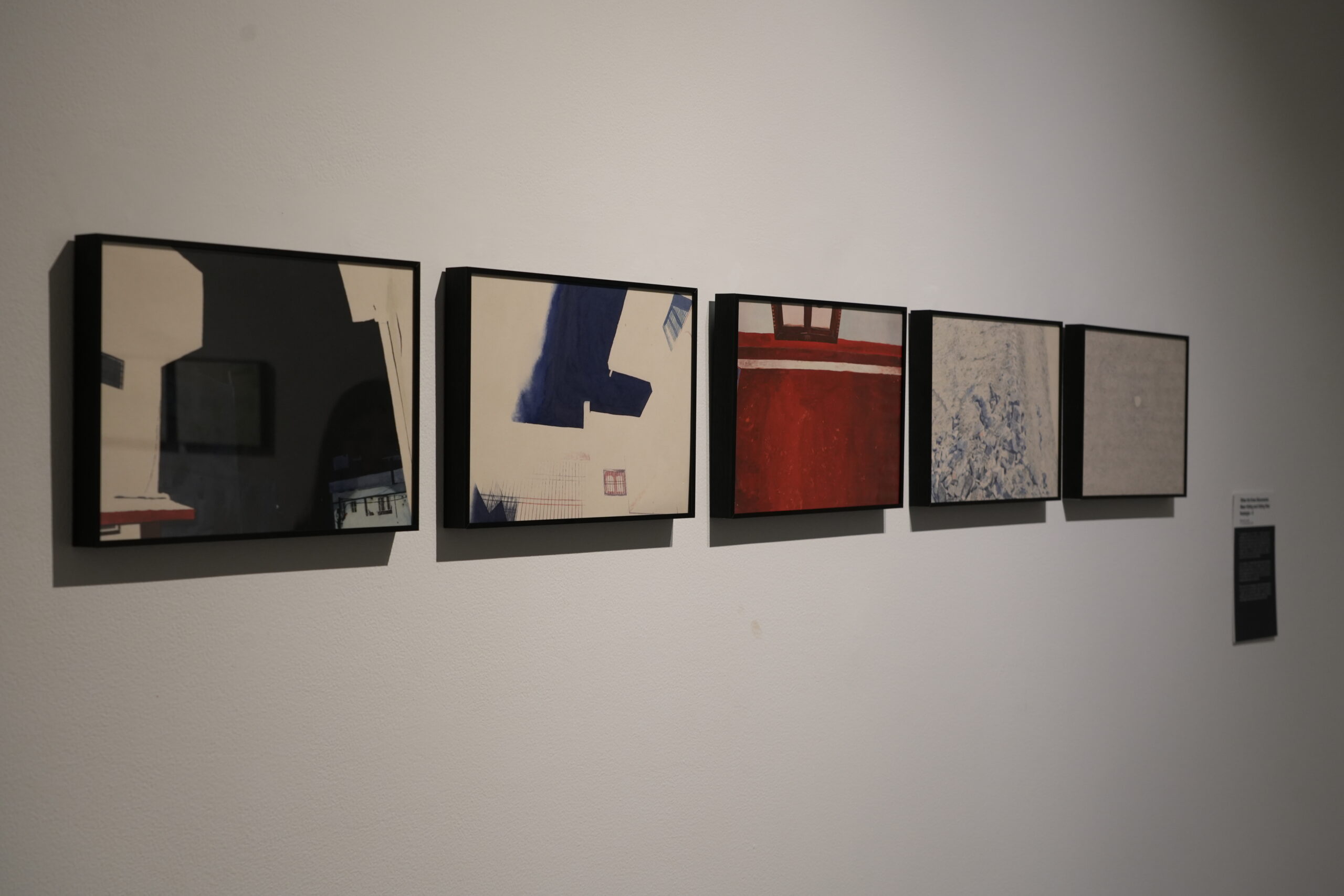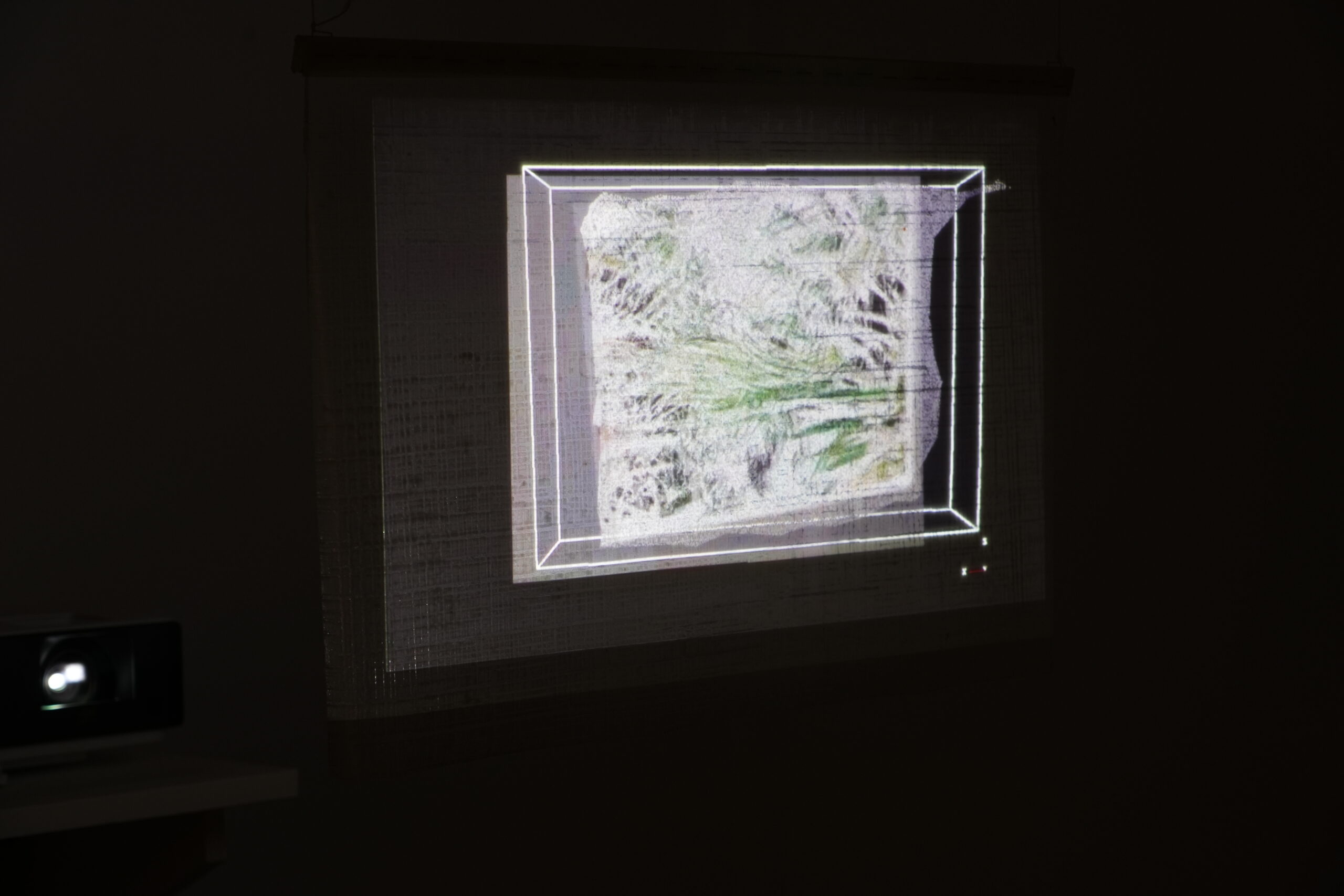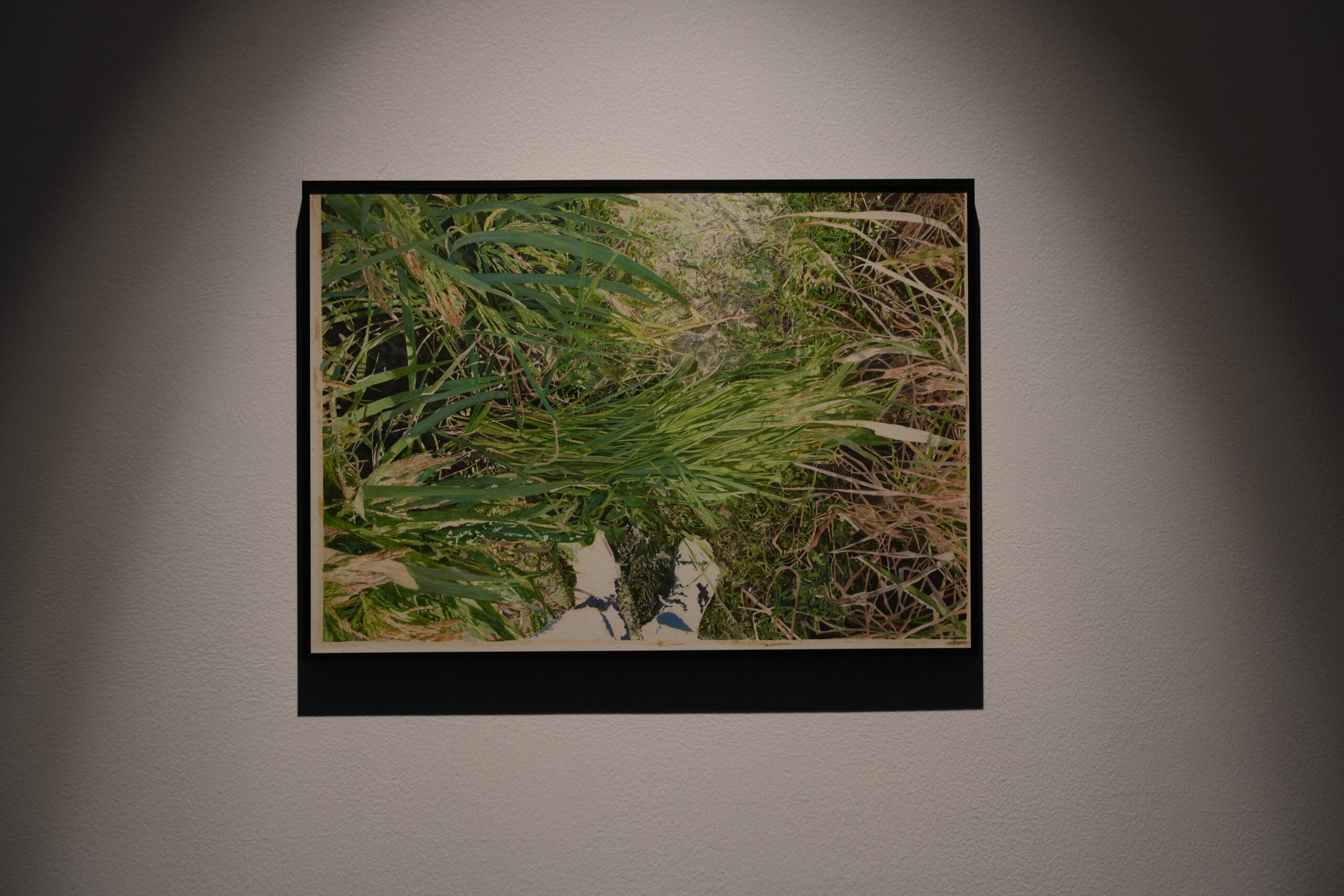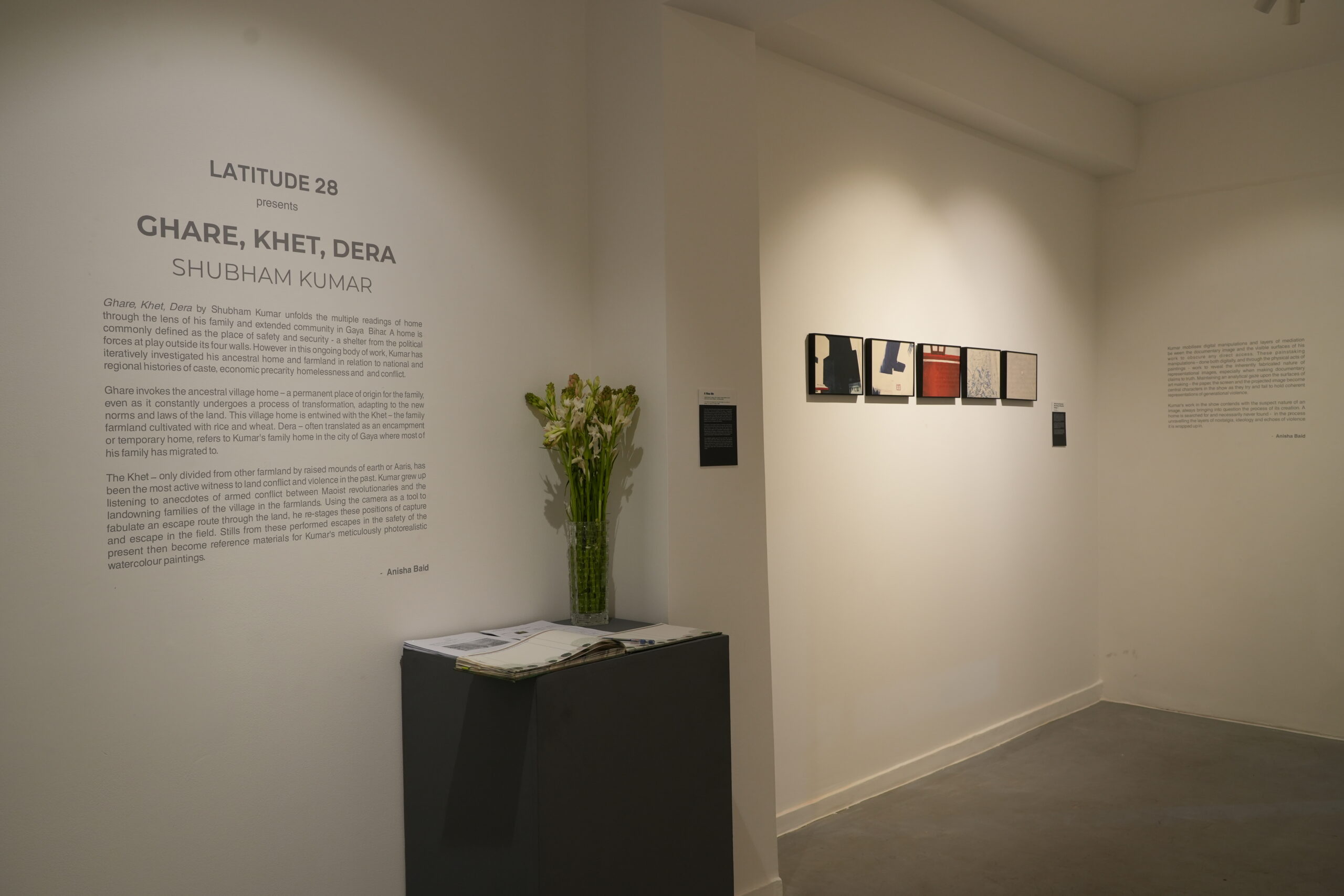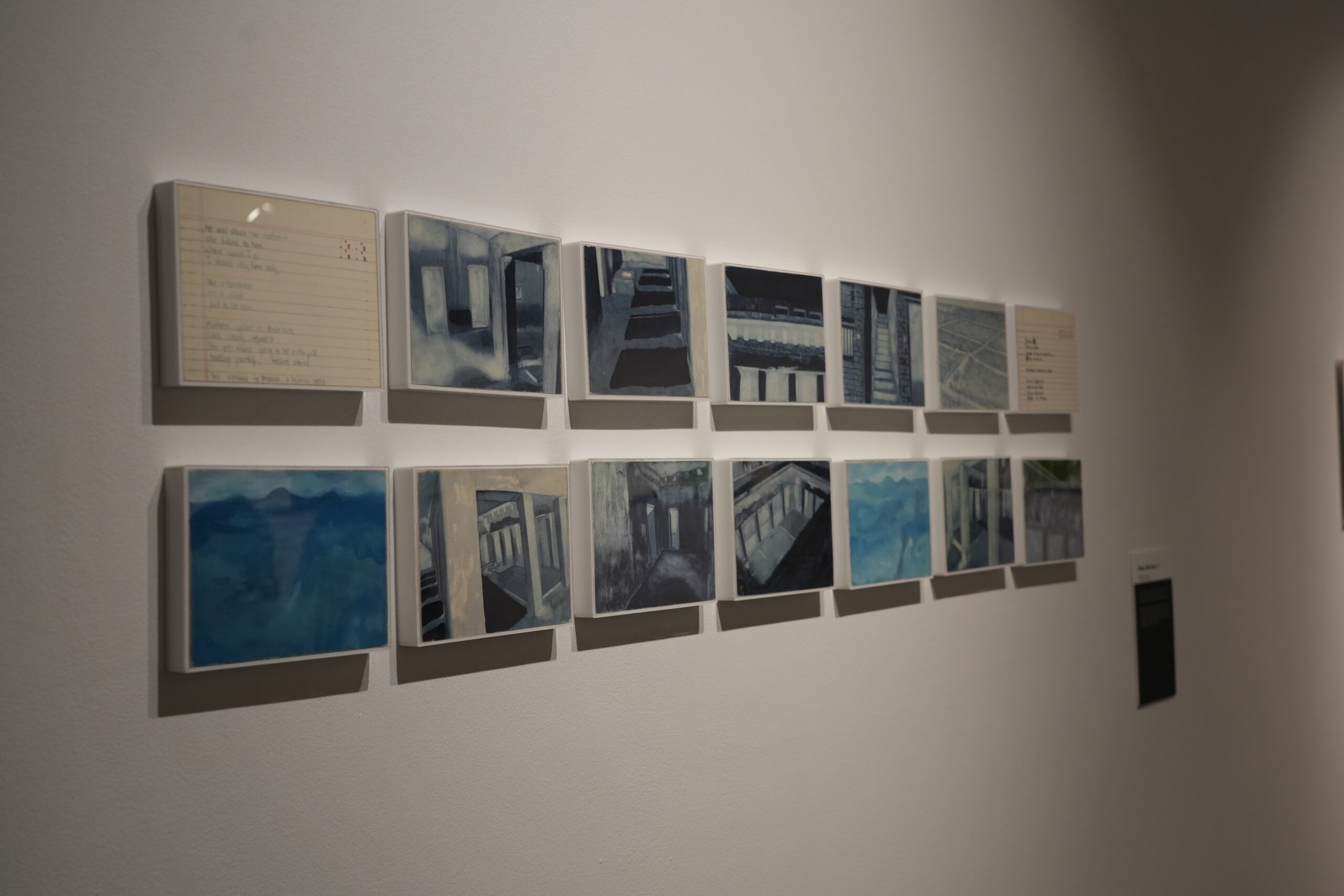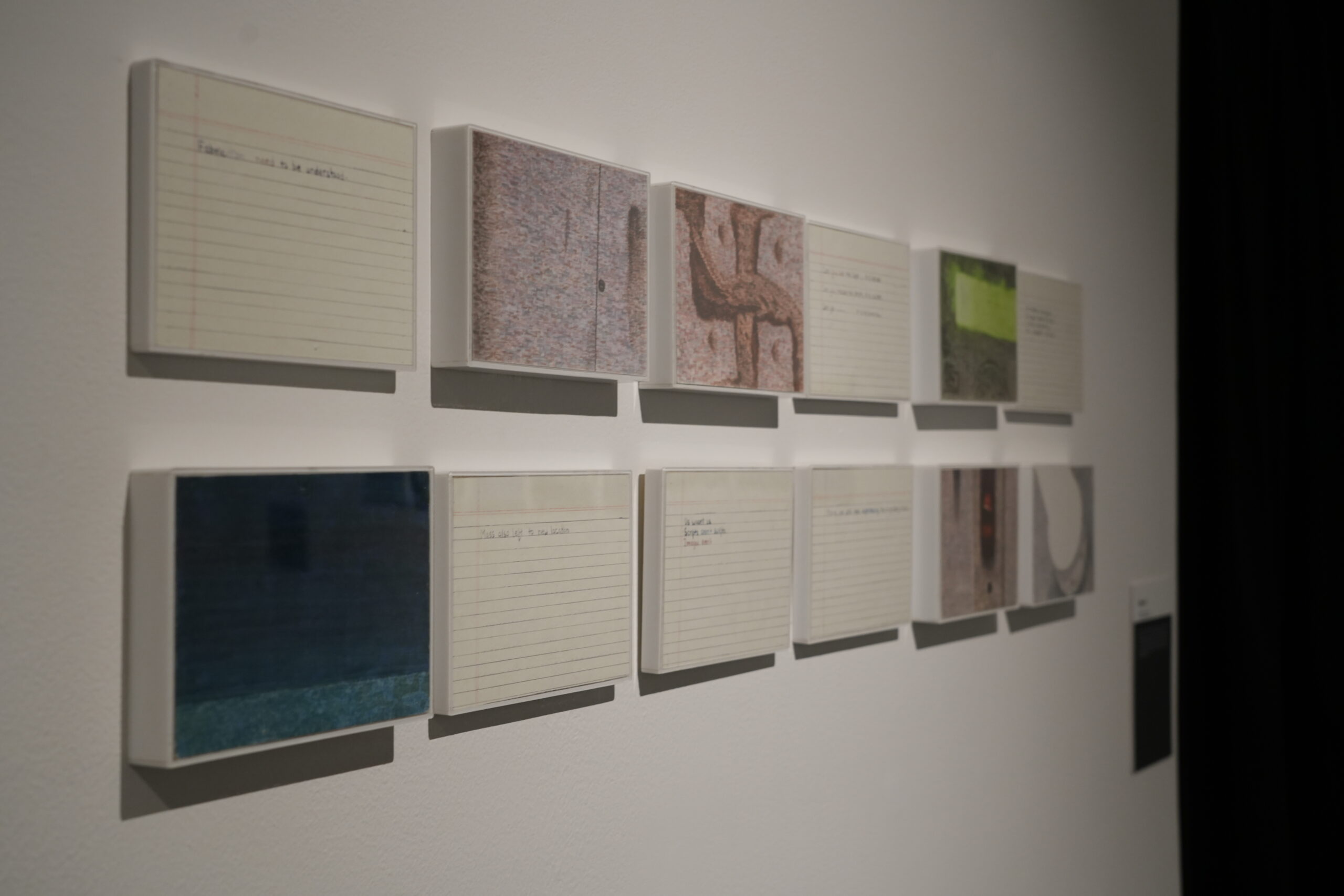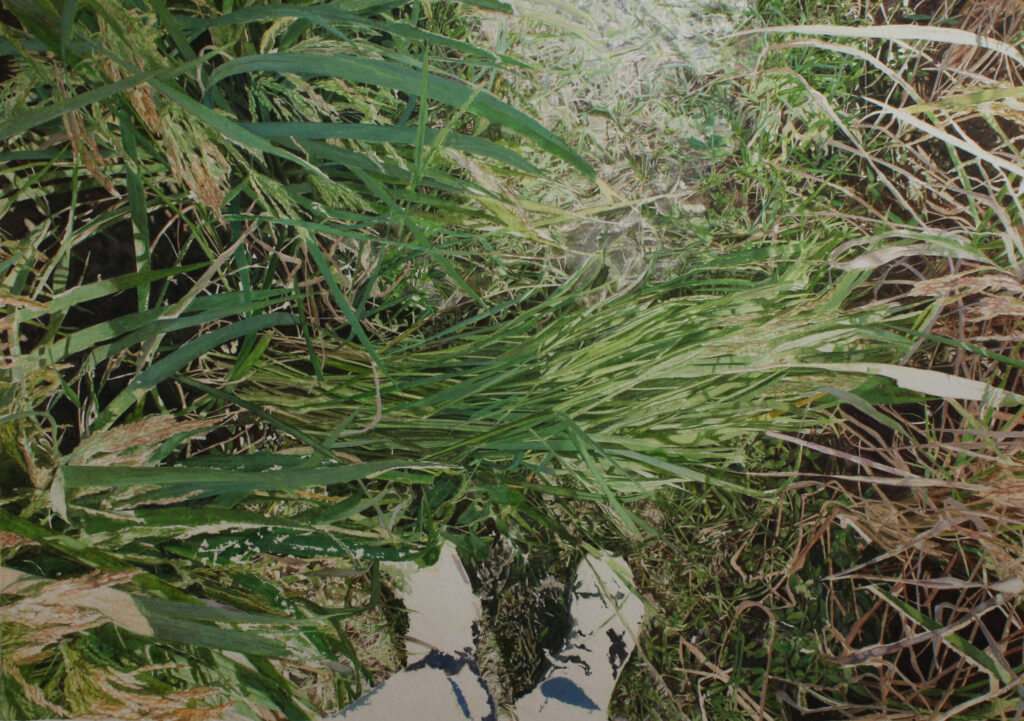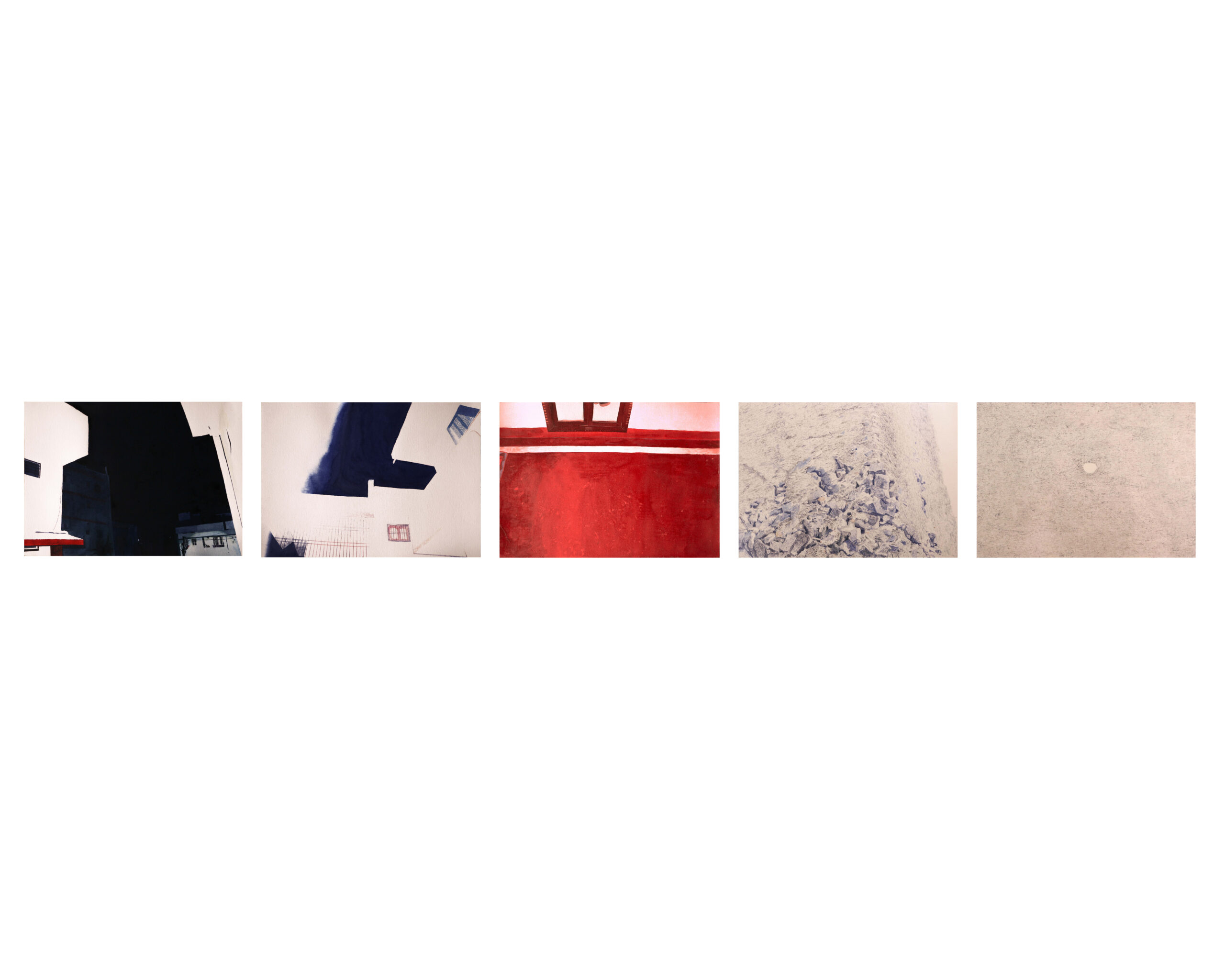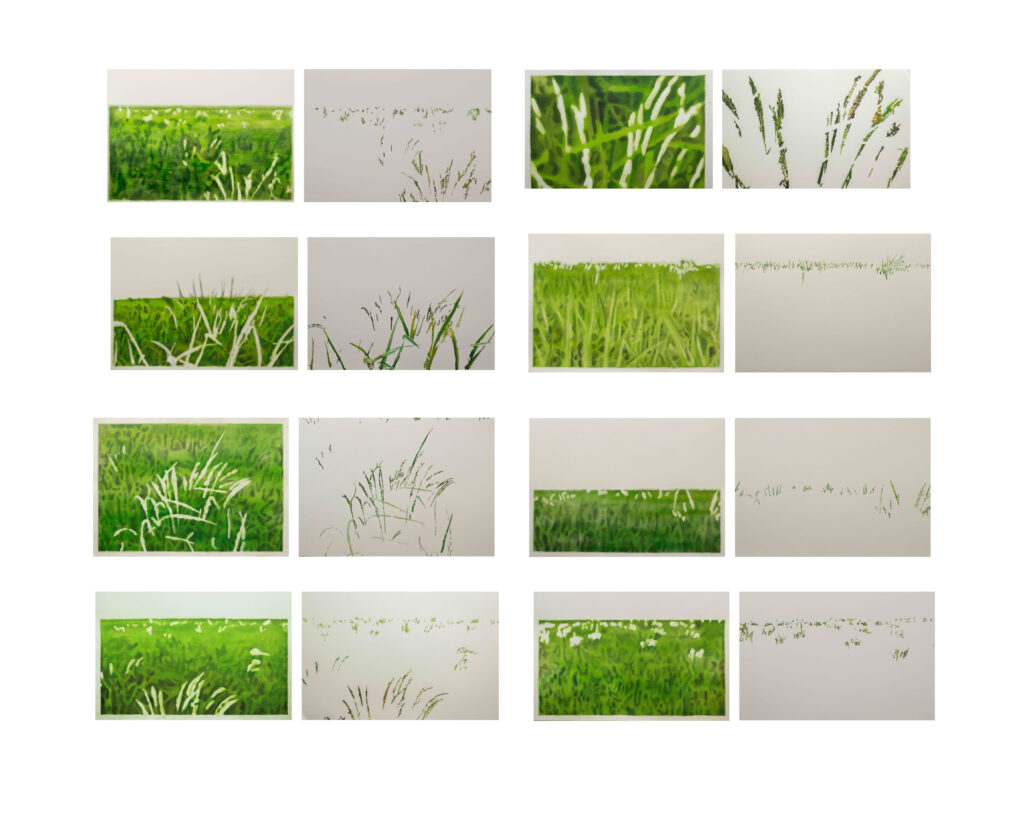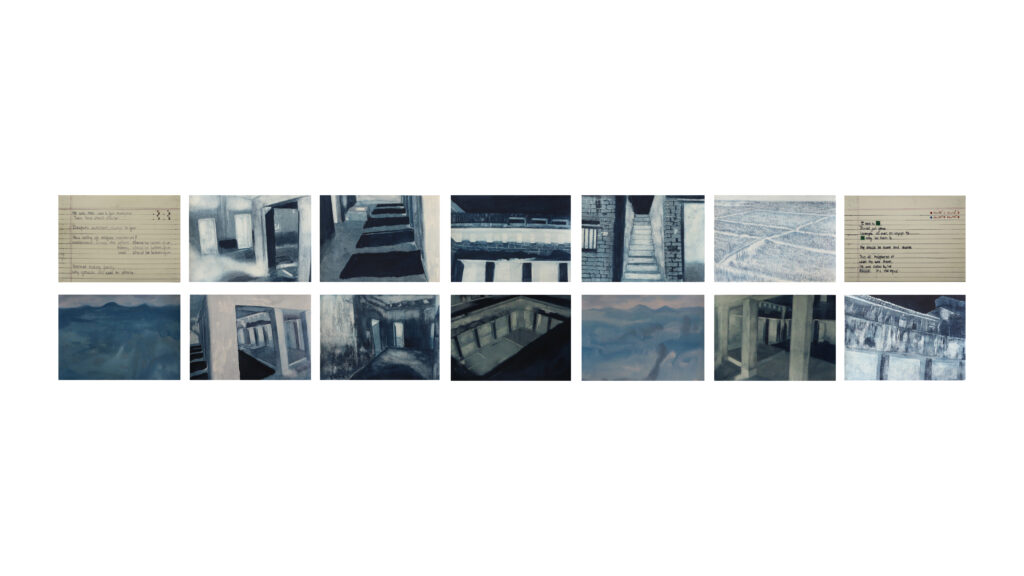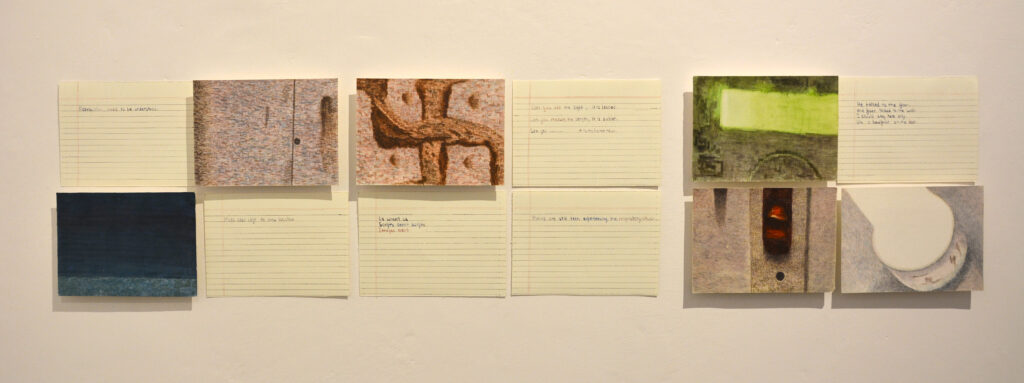Ghare, Khet, Dera
Nov 18, 2022 - Jan 2, 2023
- SELECTED WORKS
- CURATORIAL NOTE
- INVITE
- DOWNLOAD CATALOGUE
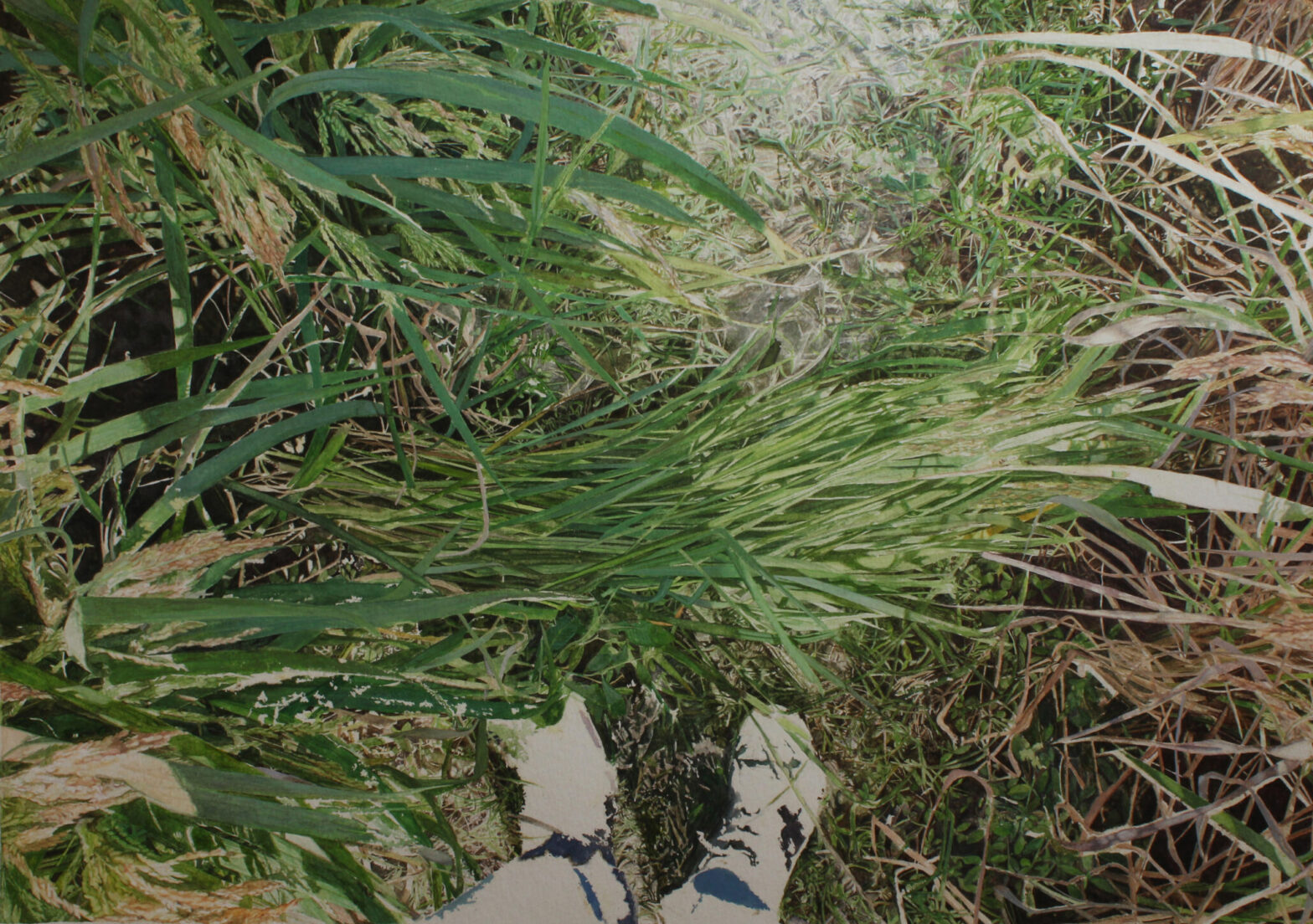
Shubham Kumar’s solo ‘Ghare, Khet, Dera’ is a powerful evocation of home—both temporary and permanent—speaking to the condition of belonging. Multiple historic and regional narratives pass through the artist’s rendering of home, farmland and settlement. His meticulous method that utilises watercolours on paper as well as digital manipulations on video, urge the viewers to question the various representational images that surround them, which are more often than not, seeped in nationalist rhetoric.
“Kumar mobilises digital manipulations and layers of mediation between the documentary image and the visible surfaces of his work to obscure any direct access. These paintstaking manipulations – done both digitally, and through the physical acts of paintings – work to reveal the inherently fabricated nature of representational images, especially when making documentary claims to truth. Maintaining an analytical gaze upon the surfaces of art making – the paper, the screen and the projected image become central characters in the show as they try and fail to hold coherent representations of generational violence.”
– Excerpt from the curatorial note by Anisha Baid
CURATORIAL NOTE
Ghare, Khet, Dera
This solo exhibition by Shubham Kumar unfolds the multiple readings of home through the lens of his family and extended community in Gaya, Bihar. A home is commonly defined as the place of safety and security – a shelter from the political forces at play outside its four walls. However, in this ongoing body of work, Kumar has iteratively investigated his ancestral home and farmland in relation to national and regional histories of caste, economic precarity, homelessness and land conflict.
Ghare invokes the ancestral village home – a permanent place of origin for the family, even as it constantly undergoes a process of transformation, adapting to the new norms and laws of the land. This village home is entwined with the Khet – the family farmland cultivated with rice and wheat. Dera – often translated as an encampment or temporary home, refers to Kumar’s family home in the city of Gaya where most of his family has migrated to.
The Khet – only divided from other farmland by raised mounds of earth or Aaris, has been the most active witness to land conflict and violence in the past. Kumar grew up listening to anecdotes of armed conflict between Maoist revolutionaries and the landowning families of the village in the farmlands. Using the camera as a tool to fabulate an escape route through the land, he re-stages these positions of capture and escape in the field. Stills from these performed escapes in the safety of the present then become reference materials for Kumar’s meticulously photorealistic watercolour paintings.
Kumar mobilises digital manipulations and layers of mediation between the documentary image and the visible surfaces of his work to obscure any direct access. These paintstaking manipulations – done both digitally, and through the physical acts of paintings – work to reveal the inherently fabricated nature of representational images, especially when making documentary claims to truth. Maintaining an analytical gaze upon the surfaces of art making – the paper, the screen and the projected image become central characters in the show as they try and fail to hold coherent representations of generational violence.
Further exploring iterative processes of truth making, Kumar’s installation works in the show scratch beyond the surface of the image to simulate depth. It Was Me is a sculptural installation that takes as its basis – an imagined two centimeter thick image, slicing through a single cross section of it iteratively, to produce a new image surface. The complicated and exact internal logics within Kumar’s processes become a metaphor for the convoluted processing of images in the media industries used to construct dominant, nationalist as well as counter-cultural rhetorics. A similar exploration of depth happens in Rangaa, a multichannel video installation that uses photogrammetry to reconstruct one of Kumar’s paintings in virtual space, layer by layer, thus creating a three dimensional image. This projected image is further manipulated with physical layers and multiple projections such that one is never able to arrive at a final image.
Kumar’s work in the show contends with the suspect nature of an image, always bringing into question the process of its creation. A home is searched for and necessarily never found – in the process unraveling the layers of nostalgia, ideology and echoes of violence it is wrapped up in.
By Anisha Baid
